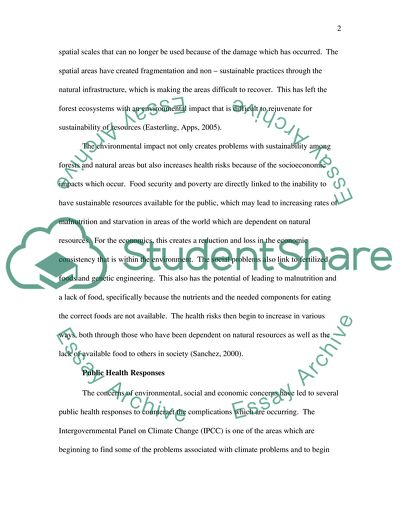Cite this document
(“Health Risks at Public Health Area Case Study Example | Topics and Well Written Essays - 2750 words”, n.d.)
Health Risks at Public Health Area Case Study Example | Topics and Well Written Essays - 2750 words. Retrieved from https://studentshare.org/health-sciences-medicine/1744119-public-health-and-climate-change
Health Risks at Public Health Area Case Study Example | Topics and Well Written Essays - 2750 words. Retrieved from https://studentshare.org/health-sciences-medicine/1744119-public-health-and-climate-change
(Health Risks at Public Health Area Case Study Example | Topics and Well Written Essays - 2750 Words)
Health Risks at Public Health Area Case Study Example | Topics and Well Written Essays - 2750 Words. https://studentshare.org/health-sciences-medicine/1744119-public-health-and-climate-change.
Health Risks at Public Health Area Case Study Example | Topics and Well Written Essays - 2750 Words. https://studentshare.org/health-sciences-medicine/1744119-public-health-and-climate-change.
“Health Risks at Public Health Area Case Study Example | Topics and Well Written Essays - 2750 Words”, n.d. https://studentshare.org/health-sciences-medicine/1744119-public-health-and-climate-change.


